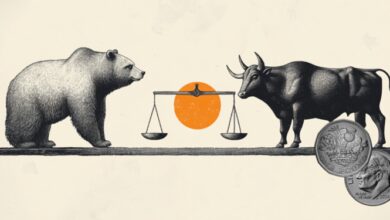The Lingering Cost of Instant Fashion


Consumers should understand the side effects of business models — particularly the privatization of profit and the socialization of costs, including human and environmental harm.
February 27, 2024

Cezaro De Luca/Europa Press via Getty Images
Post
Post
Share
Annotate
Save
Instant fashion has exploded in recent years, led by Shein whose sales have multiplied by more than 20 times since it entered the U.S. less than six years ago. As Shein explores an IPO, the author reviews the social phenomena that have contributed to instant fashion, the factors that allow it to succeed, and the dangers of the industry’s model. While there’s clearly demand for these products, consumers and policy makers also need to be aware that the business model comes with side effects — particularly the privatization of profit and the socialization of costs, including social and environmental harm.
In the last three decades, three technology shifts have propelled changes in the fashion landscape. First, in the early 2000s, advanced data analytics, RFID, and localized supply chains powered the emergence of “fast fashion.” In the following decade, the advent of internet-fueled e-commerce led to the rise of direct-to-consumer (DTC) brands.


